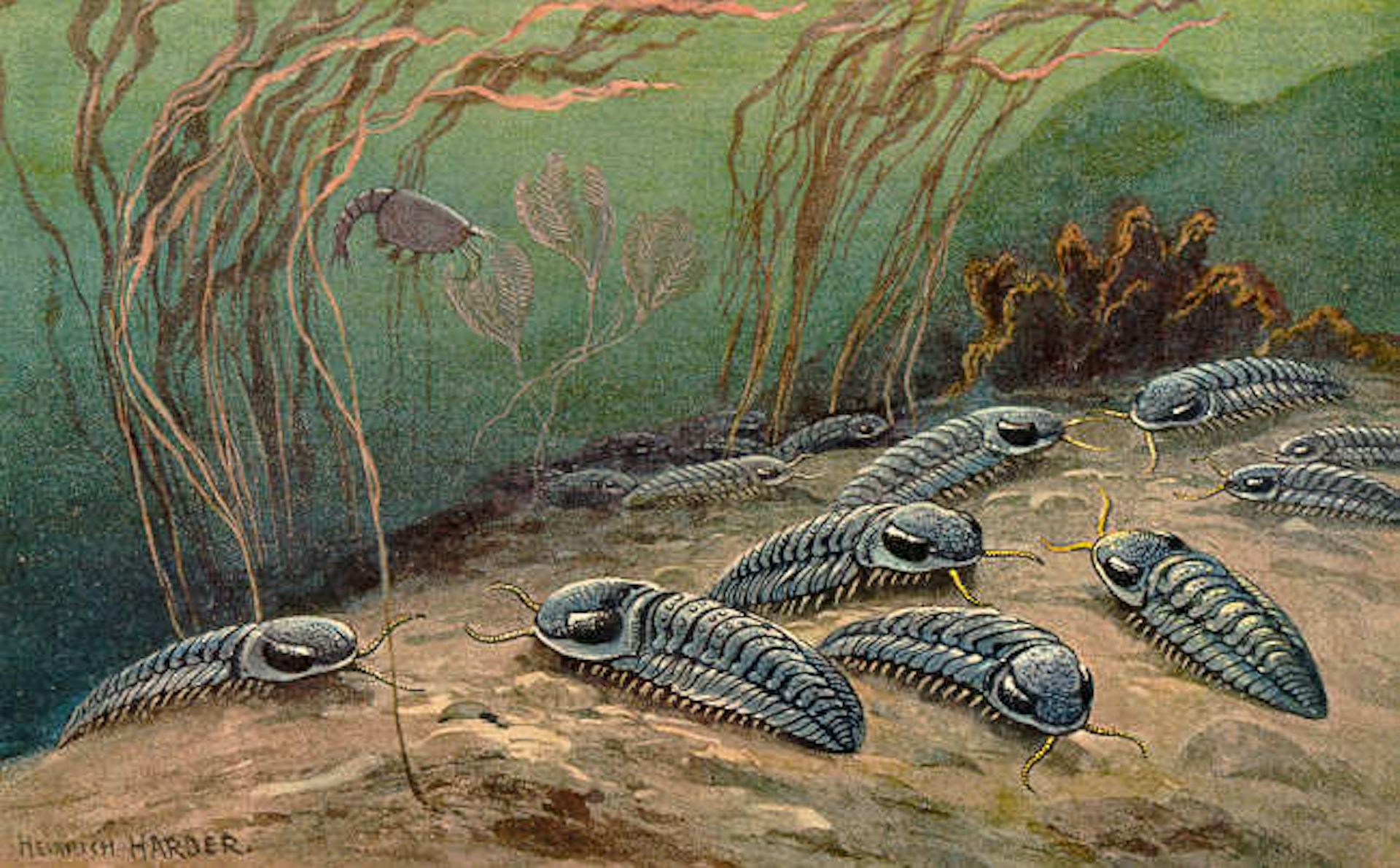
Harley says he's unsure how long it will take for the intertidal animals to recover, but he's concerned that extreme heat waves will become more common and more severe in the future. Estimates of metabolic thermal sensitivity (Q10) across seasonal temperature ranges offer a means to. "This event was unprecedented but will likely become a regular occurrence before too long," said the researcher. Journal of Experimental Marine Biology and Ecology. While Harley's research was centred on the Lower Mainland, he says that similar signs of mass shellfish deaths have been reported in the Strait of Georgia and Washington state.

Researchers believe more than one billion intertidal animals may have died during B.C.'s record-breaking heat wave: (Chris Harley) Harley and his team are basing their staggering estimates on field samples, temperature logs, and infrared cameras used during the heat wave. The marine ecologist says that dead mussels now blanket many shores, and the smell of their remains will likely be noticeable to beachgoers. He added that the hottest day of the heat wave fell on a day with particularly low tides, leaving intertidal animals exposed for hours. When temperatures were in their 30s in Vancouver, Harley estimates that temperatures reached above 50 C along B.C. They are completely at the mercy of the environment while the tide is out," said Harley in a statement Tuesday. "Mussels are like the toddler left in a parked car. Intertidal animals were particularly vulnerable to the heat wave, as many remain along shorelines when the tide recedes. Chris Harley and members of his lab think that record-setting temperatures had a devastating impact on intertidal animals, such as mussels, clams, starfish and other invertebrates. Harley has also received reports from colleagues of dead sea anemones, rock fish and oysters.A University of British Columbia researcher estimates that more than one billion marine animals may have died during B.C.'s recent heat wave. While mussels can regenerate over a period of two years, a number of starfish and clams live for decades, and they reproduce more slowly, so their recovery is probably going to take longer. Dead mussels and clams coated rocks in the Pacific Northwest, their shells gaping open as if they had been boiled. Dead mussels near Suicide Bend Park in West Vancouver, B.C., Canada. Each time you scale up, the numbers just keep getting bigger and bigger. Like in Postapocalyptic Movies: Heat Wave Killed Marine Wildlife en Masse. And there are hundreds of kilometres of rocky beach that are hospitable to mussels. “You can fit thousands on to an area the size of a stove top. The tightly bunched way mussels live also informed Harley’s calculation of the scope of the loss. “A square meter of mussel bed could be home to several dozen or even one hundred species,” he said. The mass death of shellfish would temporarily affect water quality because mussels and clams help filter the sea, Harley said, keeping it clear enough that sunlight reaches the eelgrass beds while also creating habitats for other species. “But when the temperatures get above that, those are just unsurvivable conditions,” he said. Barnacles are even sturdier, surviving the mid-40s (about 113F) for at least a few hours. One estimate puts the death toll at more than a billion.

Marine life, including mussels and sea stars, have died en masse from exposure to unusually hot air. Mussels are hardy shellfish, tolerating temperatures into the high 30s. The hawk nosedives are one dramatic example of the many ways wild animals have been affected by extreme heat in the West. ‘A square meter of mussel bed could be home to several dozen or even one hundred species,’ said Christopher Harley. “But of course, the mussels, sea stars and clams don’t have that option.” “It was so hot when I was out with a student that we collected data for a little bit and then retreated to the shade and ate frozen grapes,” said Harley.

While the air around Vancouver hovered around the high 30s (about 100F), Harley and a student used infrared cameras to record temperatures above 50C (122F) along the rocky shore. “It was an overpowering, visceral experience,” he said. Snails, sea stars and clams were decaying in the shallow water. Harley was struck by the smell of rotting mussels, many of which were in effect cooked by the abnormally warm water. But there were so many empty mussel shells lying everywhere that you just couldn’t avoid stepping on dead animals while walking around,” he said.

“The shore doesn’t usually crunch when you walk on it. But experts fear it also had a devastating impact on marine life.Ĭhristopher Harley, a marine biologist at the University of British Columbia, has calculated that more than a billion marine animals may have been killed by the unusual heat.Ī walk along a Vancouver-area beach highlighted the magnitude of devastation brought on by the heatwave, he said.


 0 kommentar(er)
0 kommentar(er)
